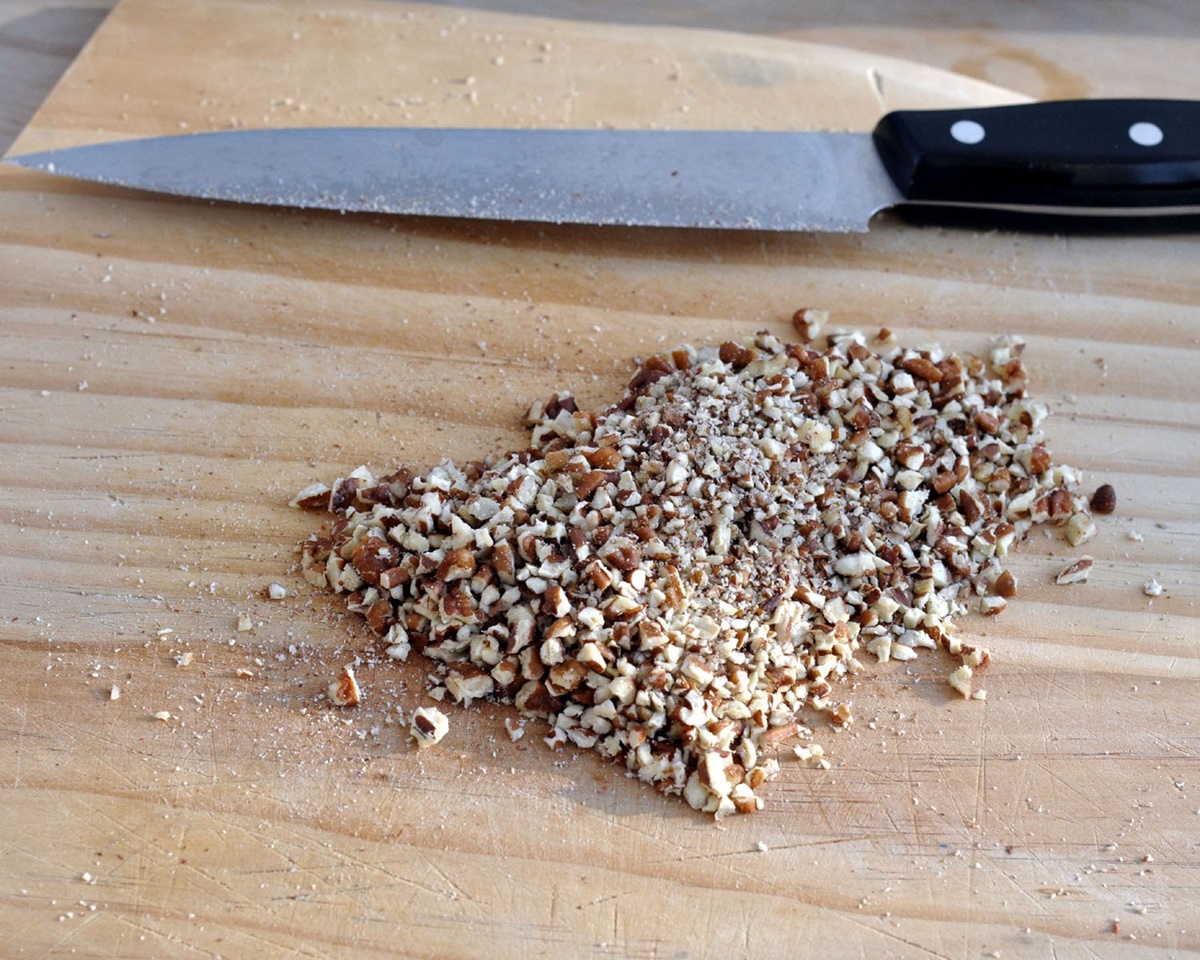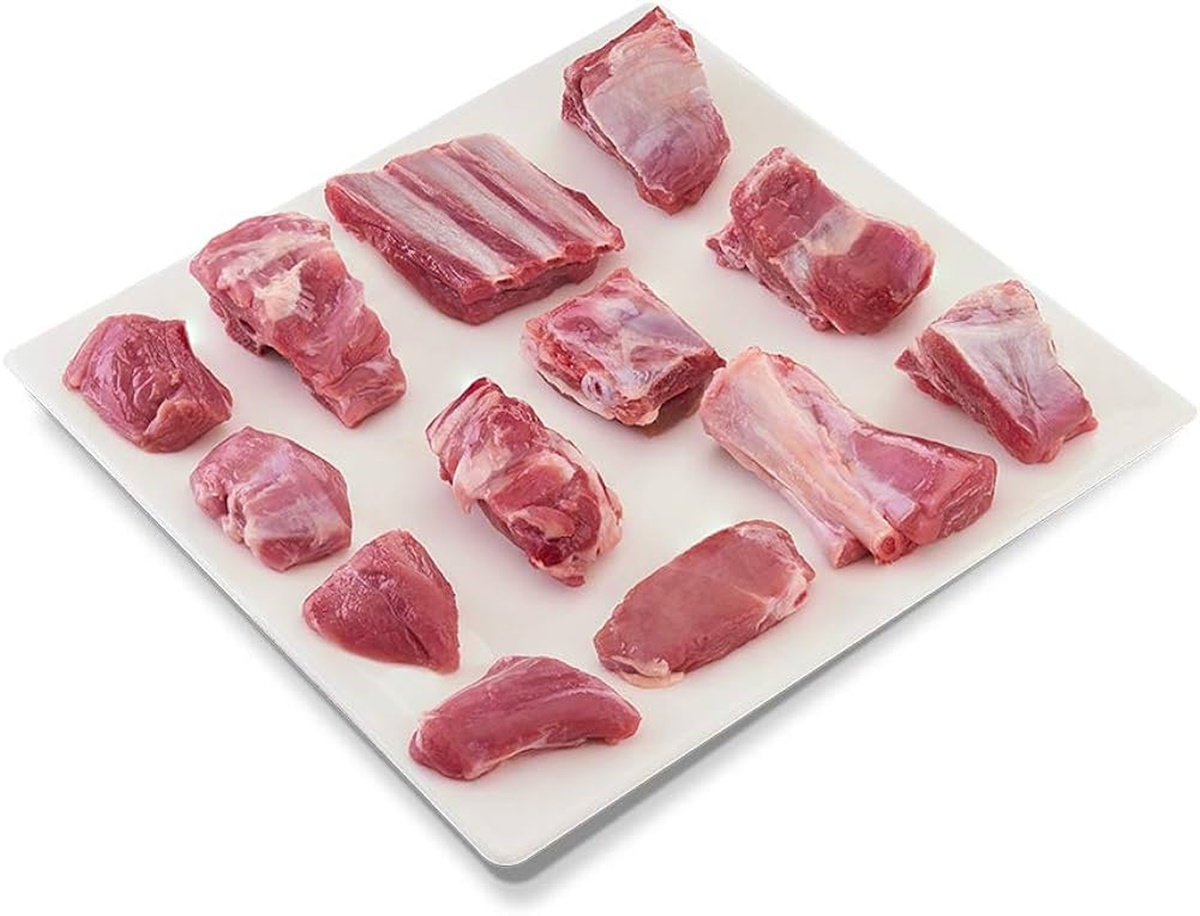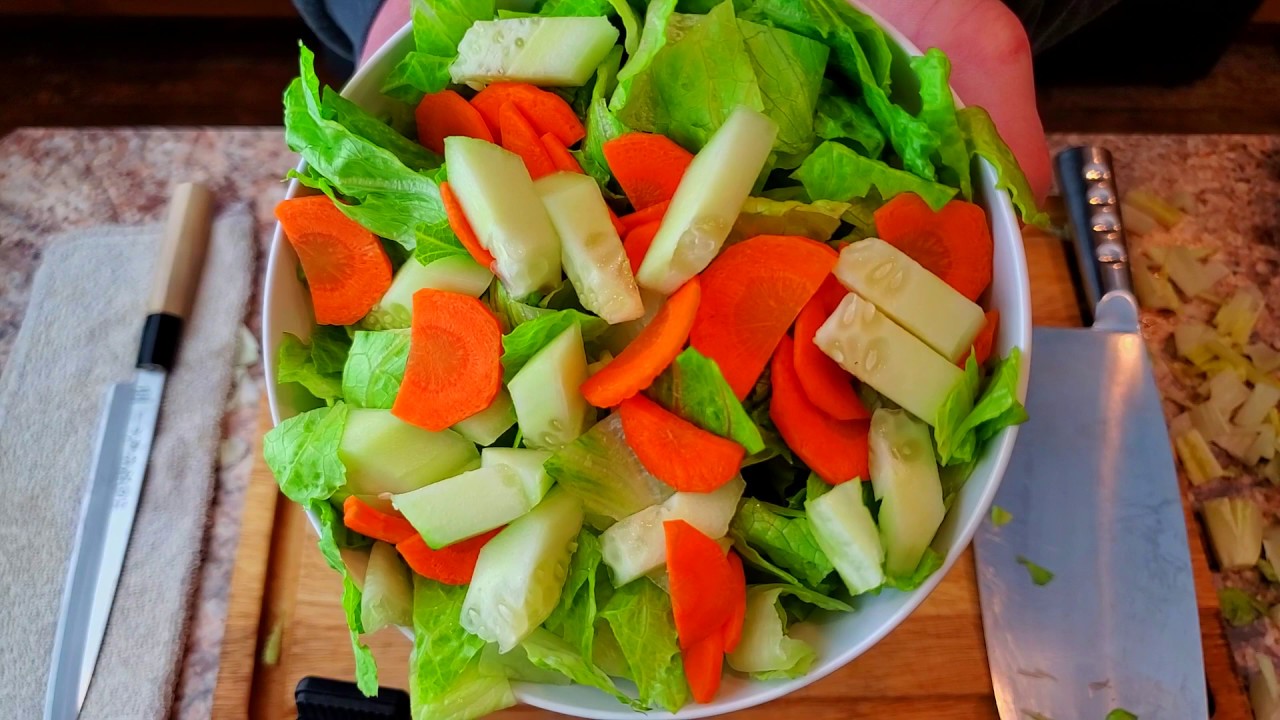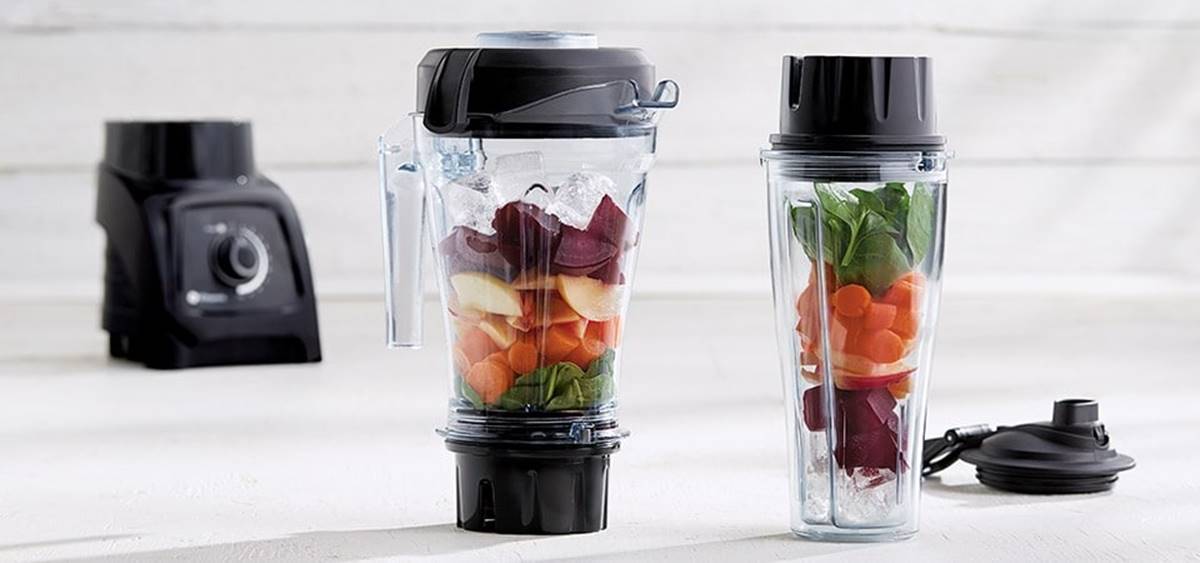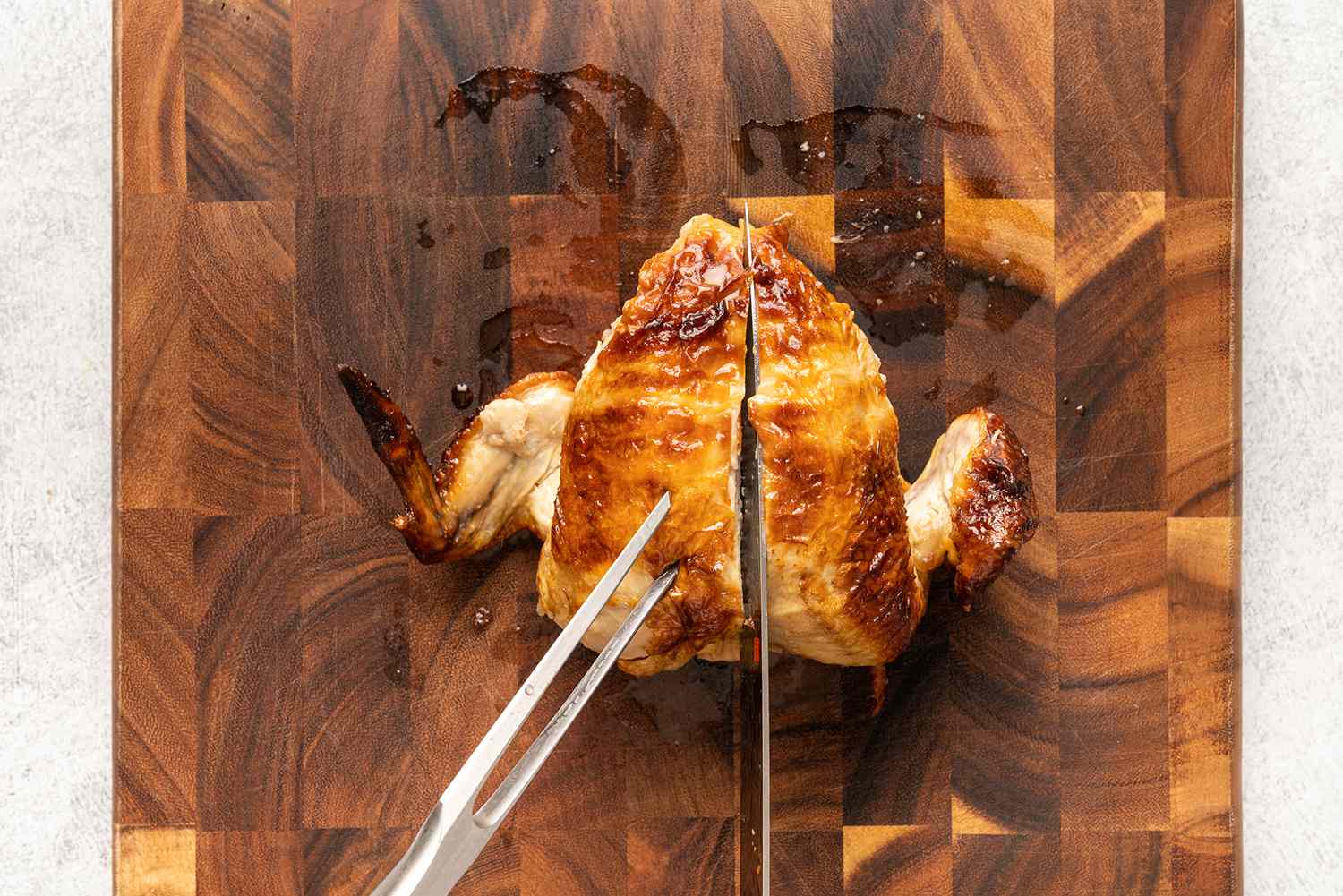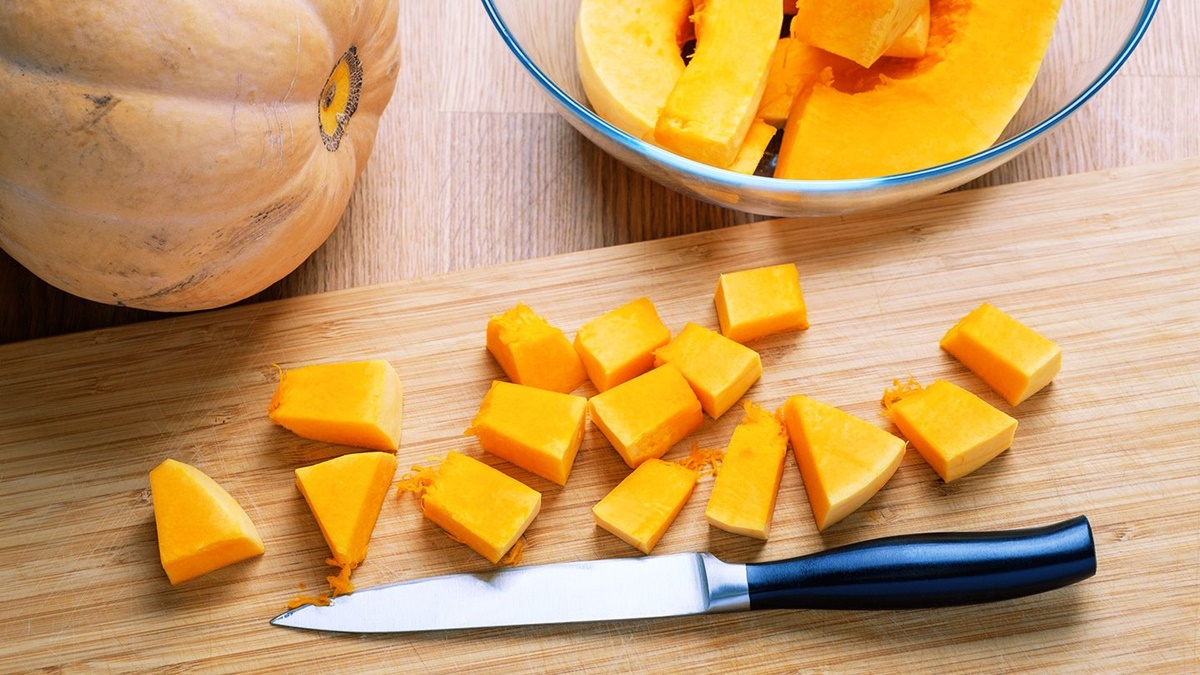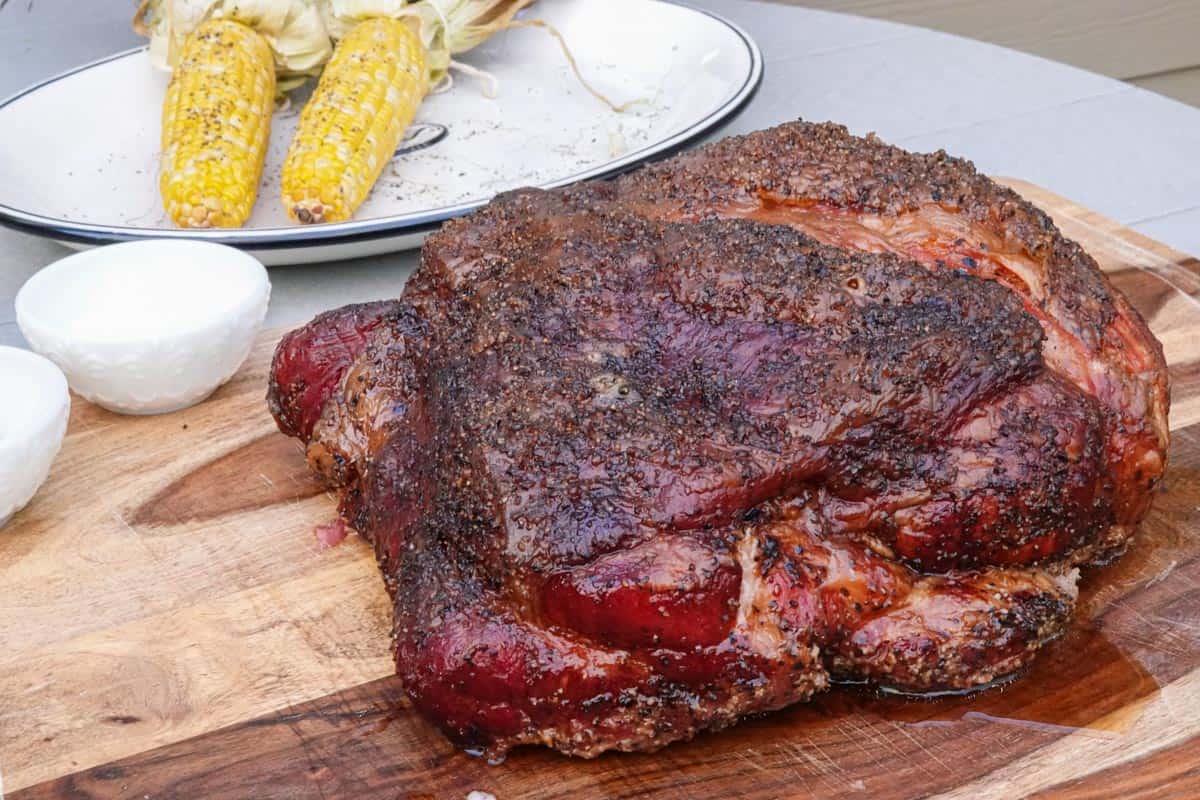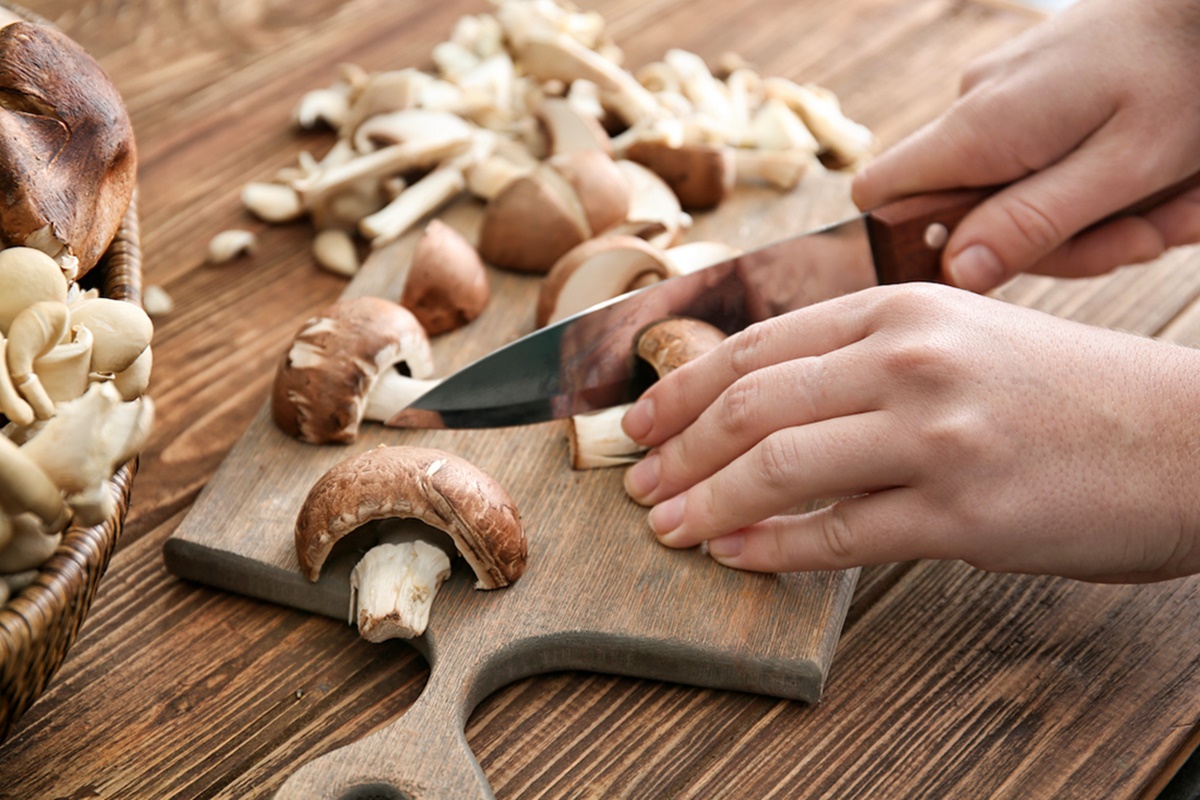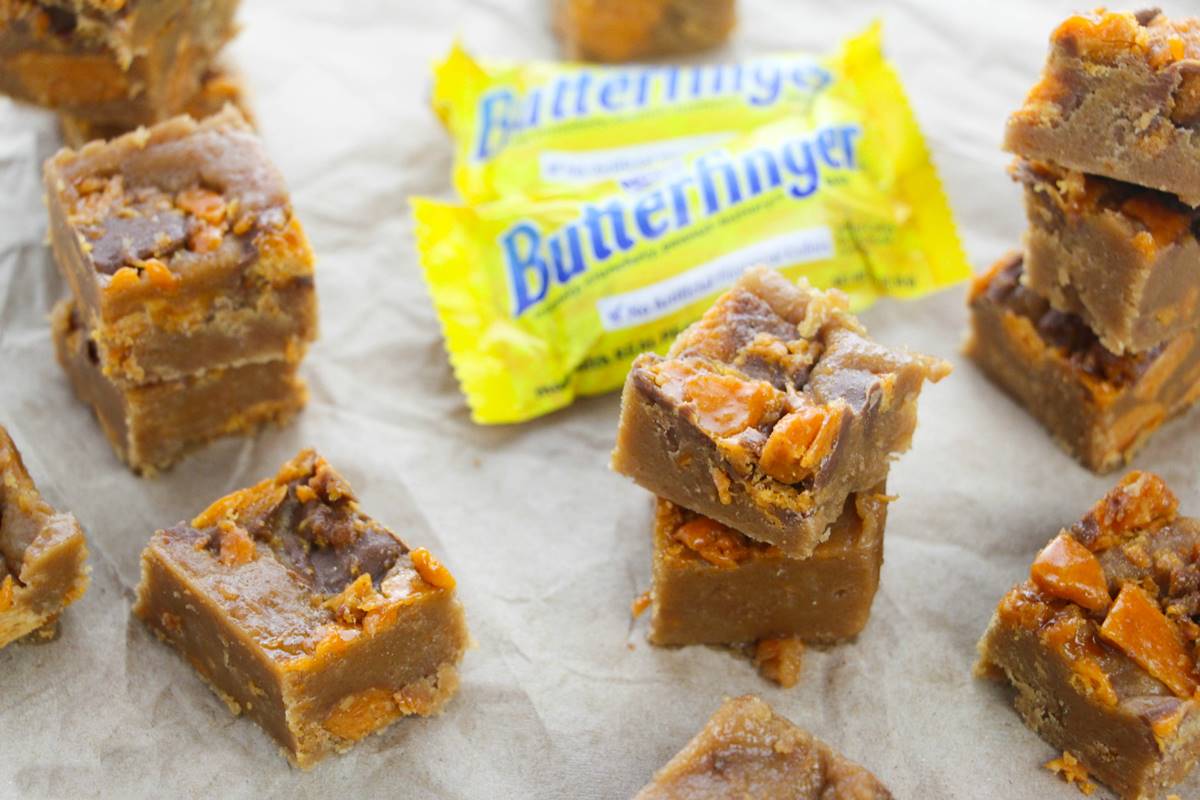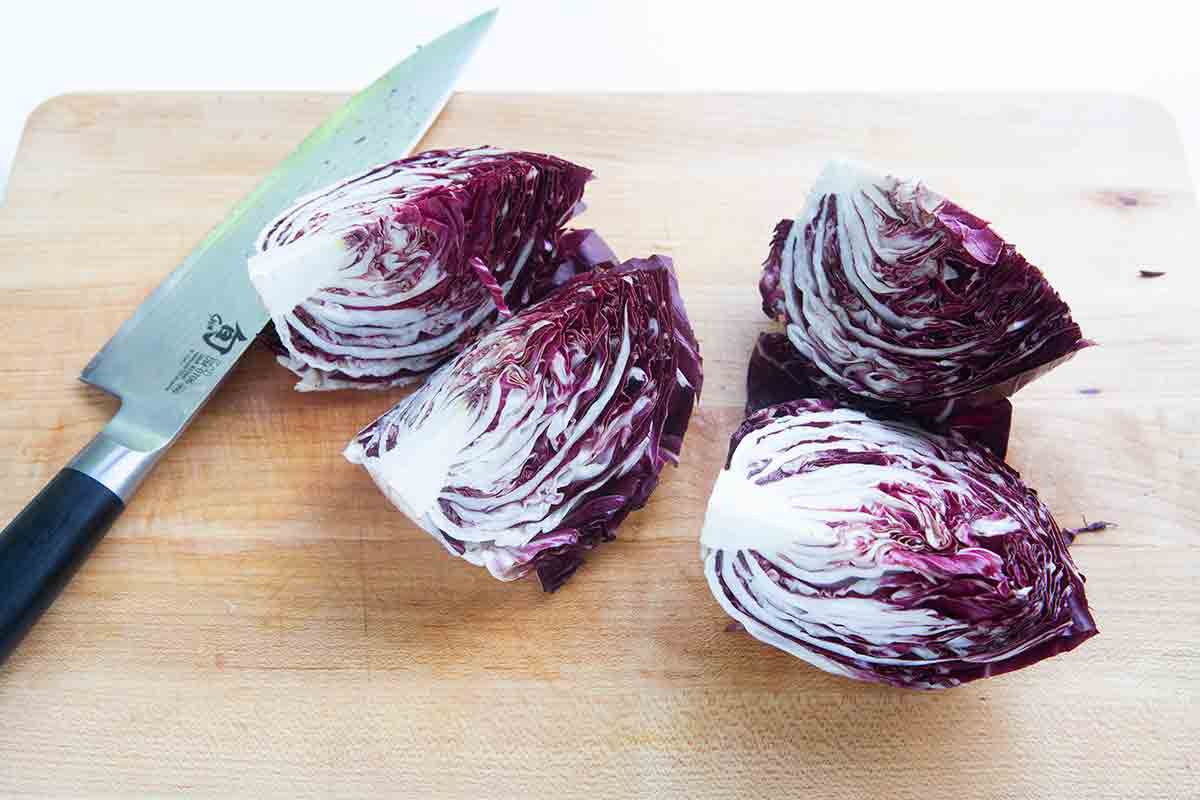Chopping vegetables can often feel like a chore, especially when you're prepping for a big meal. But what if I told you there's a quicker, more efficient way to get those veggies ready? Enter the blender, a kitchen gadget you might not associate with chopping vegetables but one that can transform this tedious task into a breeze. This guide will walk you through the steps to use your blender for chopping vegetables, saving you time and effort. Whether you're making soups, salads, or stir-fries, mastering this technique will make meal prep much more manageable. Let's get started and turn that blender into your new favorite kitchen assistant.
Essential Ingredients for Chopping Vegetables in a Blender
- Fresh vegetables (carrots, celery, onions, bell peppers)
- Blender or food processor
- Cutting board
- Sharp knife
- Water (optional, for certain vegetables)
- Container for storing chopped vegetables
Must-Have Tools for Effortless Vegetable Chopping
- High-quality blender with multiple speed settings
- Cutting board for pre-chopping vegetables if necessary
- Sharp knife to cut larger vegetables into smaller pieces
- Spatula for scraping down the sides of the blender
- Vegetable peeler for peeling certain vegetables
- Measuring cups to measure amounts if following a specific recipe
- Colander for rinsing vegetables before chopping
- Kitchen towel for drying vegetables after washing
- Storage containers for keeping chopped vegetables if not using immediately
Chopping vegetables in a blender speeds up meal prep. Use pulse mode for uniform pieces. Add water for leafy greens, drain after. Perfect for salsas, soups, or stir-fries.
The Benefits of Using a Blender for Vegetable Prep
Chopping vegetables in a blender saves time and effort, especially for large meals. This method transforms tedious prep work into a quick, efficient process, allowing more focus on cooking.
Blenders also ensure uniformity in size and texture of vegetable pieces, crucial for even cooking and presentation in dishes.
Your Step-by-Step Guide to Perfectly Chopped Vegetables
How To Chop Vegetables In A Blender
-
Prepare Vegetables: Wash all vegetables thoroughly under running water. Peel skins if necessary and remove any seeds or inedible parts.
-
Cut into Smaller Pieces: Before placing them in the blender, chop vegetables into smaller pieces. This step ensures even blending and prevents the motor from overworking.
-
Dry Vegetables: Pat dry chopped vegetables with a towel. Excess water can make the chopping process less efficient, leading to mushy results.
-
Pulse Technique: Use the pulse function on your blender. Short, quick pulses give you more control over the size of the vegetable pieces. Continuous blending might turn them into a puree.
-
Shake Blender: Occasionally, shake the blender or use a tamper if your model comes with one. This action helps move the pieces around for more uniform chopping.
-
Check Consistency: Open the lid and check the consistency of the chop after a few pulses. Continue pulsing if you desire smaller pieces.
-
Avoid Overfilling: Do not fill the blender more than halfway with vegetables. Overfilling can lead to unevenly chopped pieces and strain the blender's motor.
-
Batch Processing: For large quantities, chop vegetables in batches. This technique ensures all pieces are uniformly processed.
-
Use Appropriate Speed: Start with a low speed and gradually increase as needed. Higher speeds can quickly turn vegetables into puree rather than chopping them.
-
Clean Blender Immediately: After chopping, clean your blender immediately. Vegetables can leave residues that are hard to clean if left to dry.
Following these steps will help you efficiently chop vegetables using a blender, making meal prep faster and more convenient.
Mastering Your Blender Skills
Chopping veggies in a blender isn't just about saving time; it's about embracing efficiency and creativity in the kitchen. Remember, not all vegetables are created equal when it comes to blending. Softer ones like tomatoes blend easily, while harder ones like carrots need a bit more care. Always start with pulsing to keep the texture you want and avoid turning your veggies into mush. And don't forget, cleaning your blender right after use will save you from a scrubbing headache later. With these tips in hand, you're well on your way to becoming a blender-chopping pro, making your meal prep faster, easier, and a lot more fun. So, grab those veggies, and let's get blending!
For those looking to practice their new vegetable chopping skills with a blender, a few standout recipes are worth trying. The Classic Salsa Recipe and Homemade Guacamole Recipe are perfect for quick, fresh dips that require minimal prep time. The Vegetable Soup Recipe is ideal for a hearty meal, showcasing a variety of chopped veggies. For a vibrant appetizer, the Fresh Pico de Gallo Recipe is a must, bursting with fresh flavors. The Coleslaw Recipe offers a crunchy, tangy side dish that pairs well with many main courses. Lastly, for a warming, cheesy delight, try the Broccoli Cheddar Soup Recipe, which combines smooth and chunky textures beautifully.
All Your Questions Answered About Chopping Vegetables in a Blender
Can you really chop vegetables in a blender?
Absolutely! Chopping vegetables in a blender is not only possible but also a real time-saver. With the right technique, you can get evenly chopped veggies in no time. Just make sure to use the pulse feature to avoid turning them into a puree.
What kind of vegetables can I chop in a blender?
You can chop a variety of vegetables in a blender, including onions, carrots, peppers, and celery. Harder veggies like carrots might need a bit more pulsing, while softer ones like tomatoes require a lighter touch to avoid becoming too mushy.
How do I prevent the vegetables from becoming mushy?
To keep vegetables from turning mushy, use the pulse function on your blender. Short, quick pulses give you more control over the texture. Also, don't overfill the blender jar; work in batches if necessary to ensure even chopping.
Is there a specific type of blender that works best for chopping vegetables?
While most blenders can handle chopping vegetables, models with a pulse feature work best. This function allows for short bursts of power, giving you better control over the chopping process and resulting in more uniformly chopped veggies.
Can I chop onions in a blender without crying?
Chopping onions in a blender can actually reduce tears since the process is faster and you're not directly exposed to as many irritants. Just peel the onion, quarter it, and use the pulse function for quick, tear-free chopping.
How do I clean my blender after chopping vegetables?
Cleaning your blender after chopping vegetables is easy. Rinse it with water to remove any large pieces, then fill it halfway with warm water and a drop of dish soap. Run it on high for a minute, rinse well, and dry. For stubborn bits, a soft brush can help.
Can I chop frozen vegetables in a blender?
Yes, you can chop frozen vegetables in a blender, but let them thaw slightly first. This ensures they chop evenly without straining your blender's motor. Remember, a little bit of patience goes a long way in preserving your appliance's lifespan.
